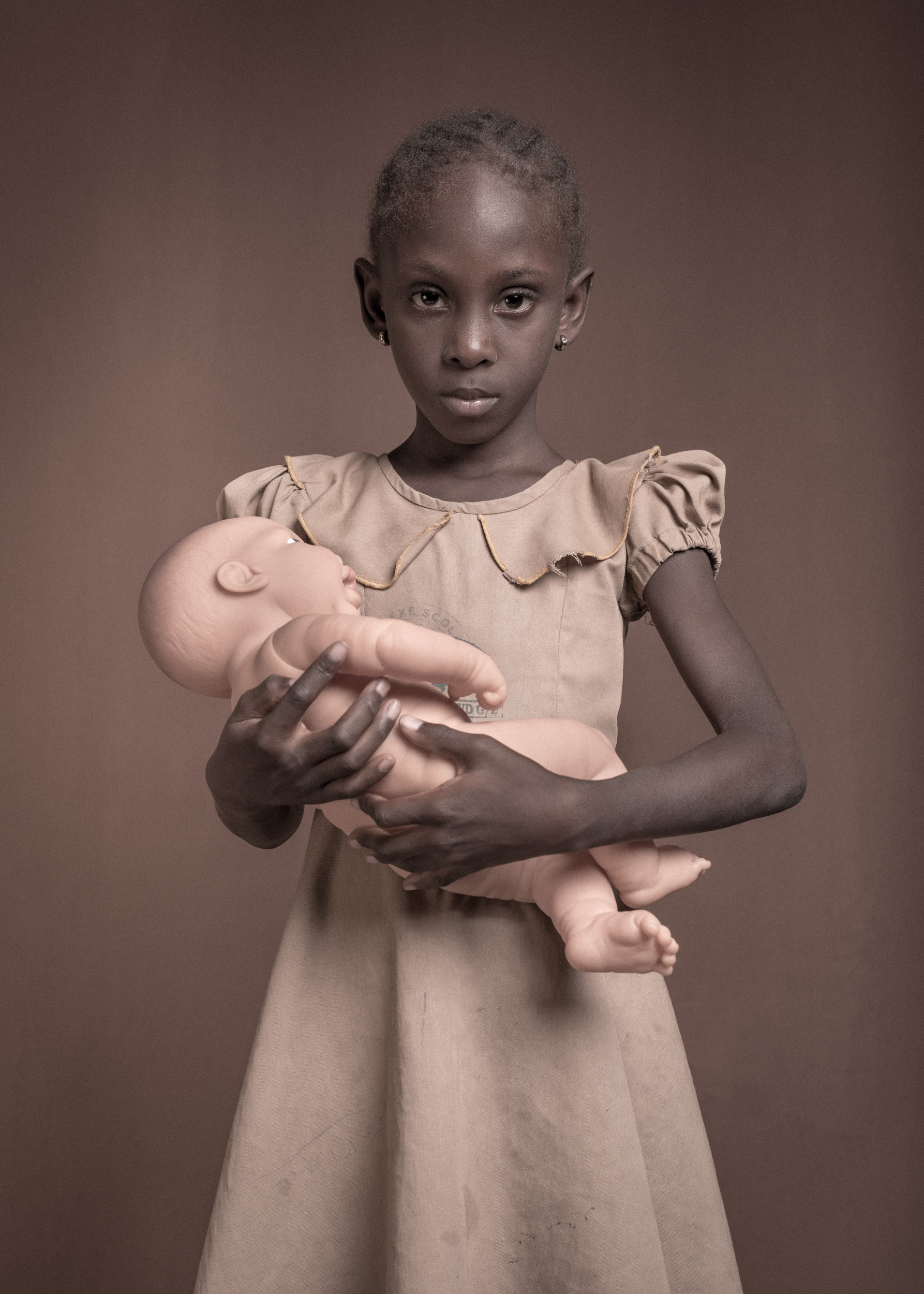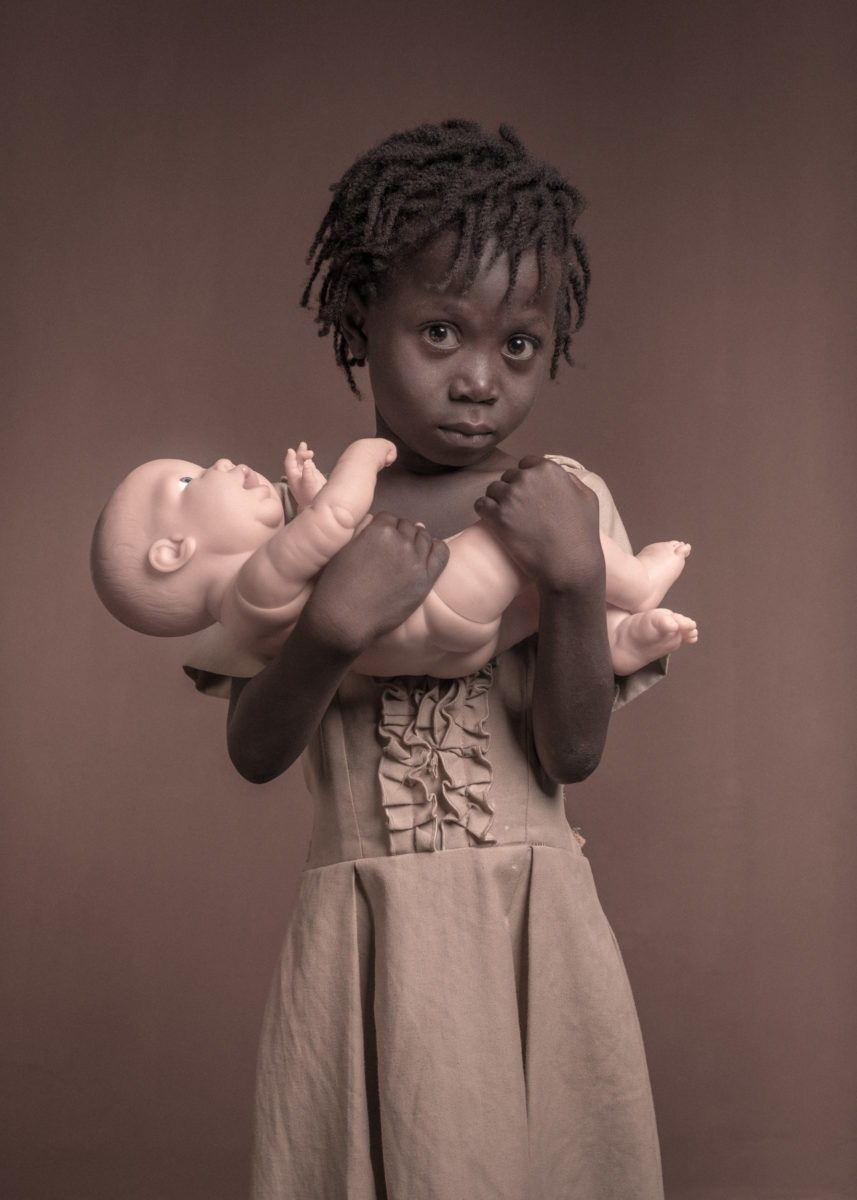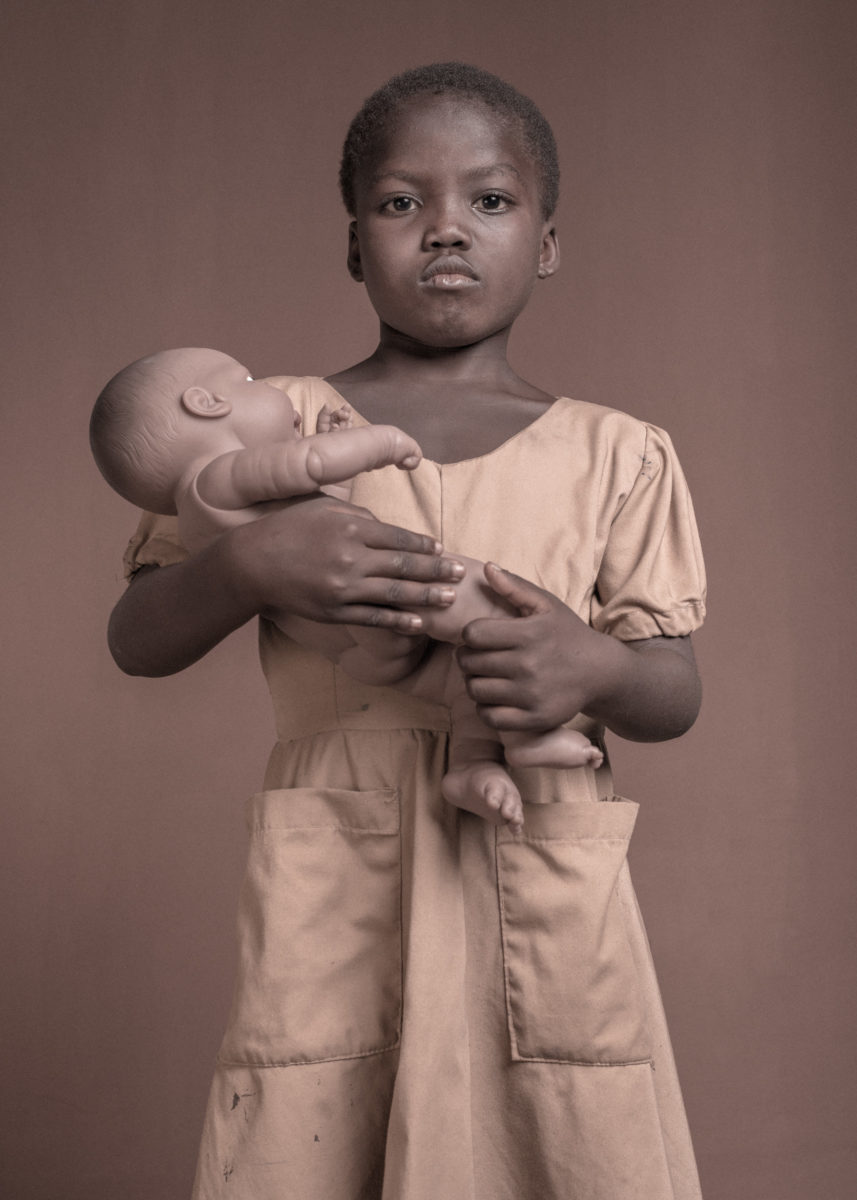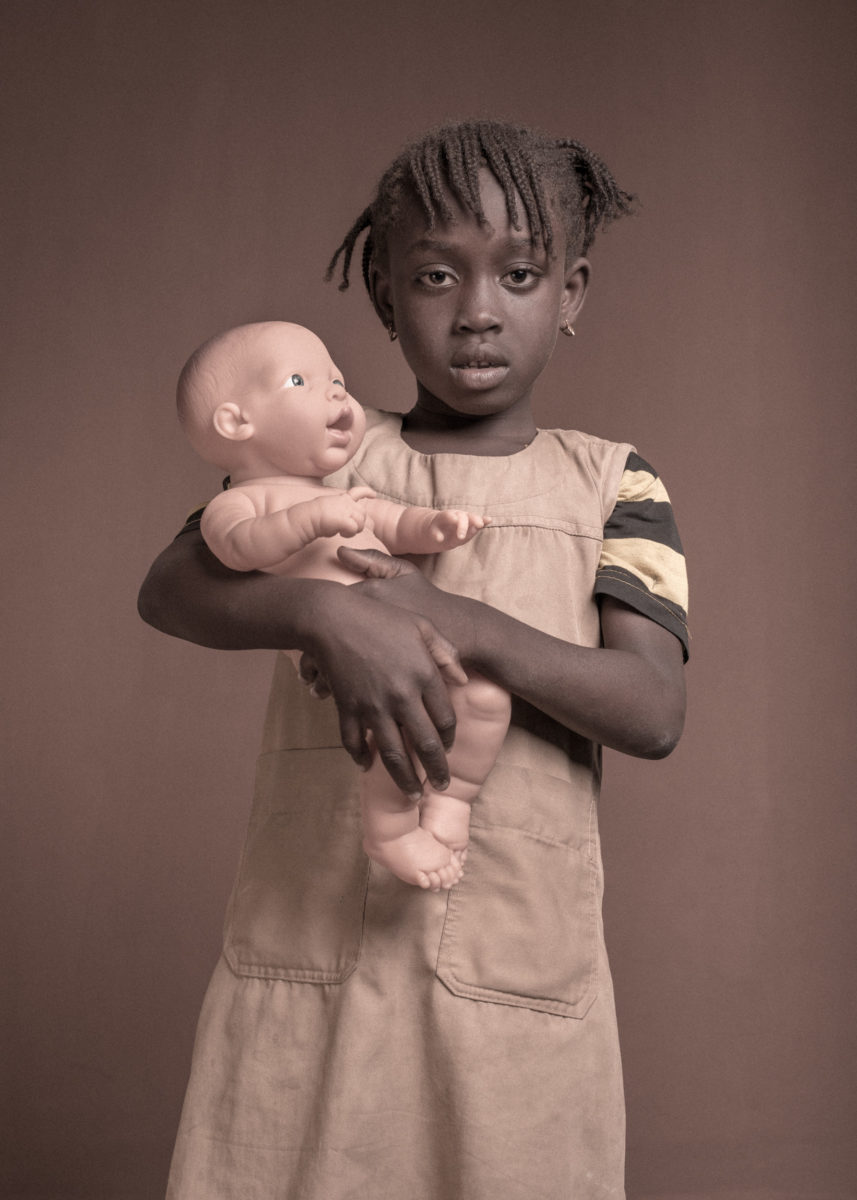
In the 1940s, the American psychologists, educators and activists Kenneth and Mamie Clark conducted a series of pioneering experiments using dolls to reveal the extent to which racism affects a child’s self-perception and self-esteem from a young age. In these ‘Doll Tests’ they presented four identical dolls to Black children aged between three and seven: two of these identical dolls were white, and two were Black. They asked the children to choose between the dolls in answer to a series of questions.
The results were unequivocal, and perhaps unsurprising still today although no less disturbing: when asked which doll was the ‘nice’ and ‘pretty’ one, they overwhelmingly picked the white one. The groundbreaking study played a pivotal part in the landmark civil rights case, Brown vs Board of Education, which led to state-sponsored educational segregation in the US being overturned.
“The modernity in which we live is the result of centuries of limitless exploitation of both the living and the non-living”
Photographic artist Fabrice Monteiro was born in Belgium and raised in Benin. As a child, he was “intrigued by the religious images and the huge pink Jesus in the forecourt of many churches in Benin—when everybody around me was Black.” Monteiro explains from Senegal, where he now lives and works: “If Jesus, the image of ultimate perfection, is white with straight hair in a world of Blacks, how does this affect how Africans perceive themselves?”
In previous works, Monteiro has interrogated the pervasive idea of perfection as white, particularly as it is projected through Christianity in Africa, in series such as Vues De L’Esprit, revisiting iconographical religious images. The images of a white Christ were railed against by Malcom X who viewed Christianity as an oppressor; Monteiro too questions how the images of the Christian religion infiltrates visual culture and can have an enduring, damaging effect.
“A valuable image asks its question correctly; its interlocutor cannot escape it, it forces him to reflect”, Monteiro tells me. With a background in fashion (Monteiro worked as a model for a decade prior to his practice as a photographer) and photojournalism, which likely informed his understanding of the impact of visual culture and its visible forms of control, Monteiro is no stranger to the power of images and attempts to challenge their impact “on our being”.
“The modernity in which we live is the result of centuries of limitless exploitation of both the living and the non-living, centuries of colonisation and slavery,” the artist says. “No matter the subject: religion, identity, politics or environment, it comes down to a certain way of inhabiting this world that needs to be questioned more than ever.” Monteiro says he feels it is duty to reflect this time in which he is living.
This series of portraits of young girls with their dolls, titled Magic mirror, on the wall, was inspired after Monteiro read about the Clarks’ Doll Tests; it prompted him to think further about “the result that the same experiment would have on the African continent, in an African socio-cultural context, where children had little or no contact with whites.” In 2018 he decided to revive the Clark experiment during a residency at the Zinsou Foundation, Benin.
As a child, Monteiro attended the CEG Gbegamey School in Cotonou and, with the help of the Zinsou Foundation, he was able to return to spend time with some of the children there; “Nothing has changed in 40 years, only some classrooms have been closed because the tin roof threatens to collapse.”
Monteiro photographed 10 of the girls he met, aged between six and eight years old, asking them to pose with the doll of their choice, and asking them simply why they had picked that doll for the picture. His results were not dissimilar to what the Clarks had exposed through their experiments in the 1940s: “Of the 10 young girls, only two chose the black doll: one because she looked like her, the other because her mom was bleaching her skin and she didn’t like it.”

“If another version of history were taught today, these children would most certainly have a different idea of themselves”
Monteiro photographed each of the girls against a plain background, wearing their school uniforms and holding their preferred doll. “I was suspecting that the white doll would get the most votes but I got surprised by some of the answers”, Monteiro says. “They gave me a better understanding of how history and the angle in which it is told continues to affect the young generation. For example, one of the little girls told me that she preferred the white doll because ‘the Black man didn’t invent anything.’ I couldn’t help thinking of Lewis Howard Latimer, Edison’s employee, who invented in 1881 the first incandescent bulb with carbon filament, but also all the other Afro-descendant inventors who have fallen into oblivion.”
Some eighty years after the Clarks’ original investigation, and some 6,000 miles away, Monteiro makes the diffuse impact of a white-dominated, racist visual culture evident. One of the girls, Dorcille, seven years old, told Monteiro she chose her white doll “because her mouth is smaller, her nose is smaller”. Another, five-year-old Foussénath, said it was “because she has hair; Black people don’t have hair”. As Monteiro puts it, “If another version of history were taught today, these children would most certainly have a different idea of themselves.”
All images courtesy the artist








